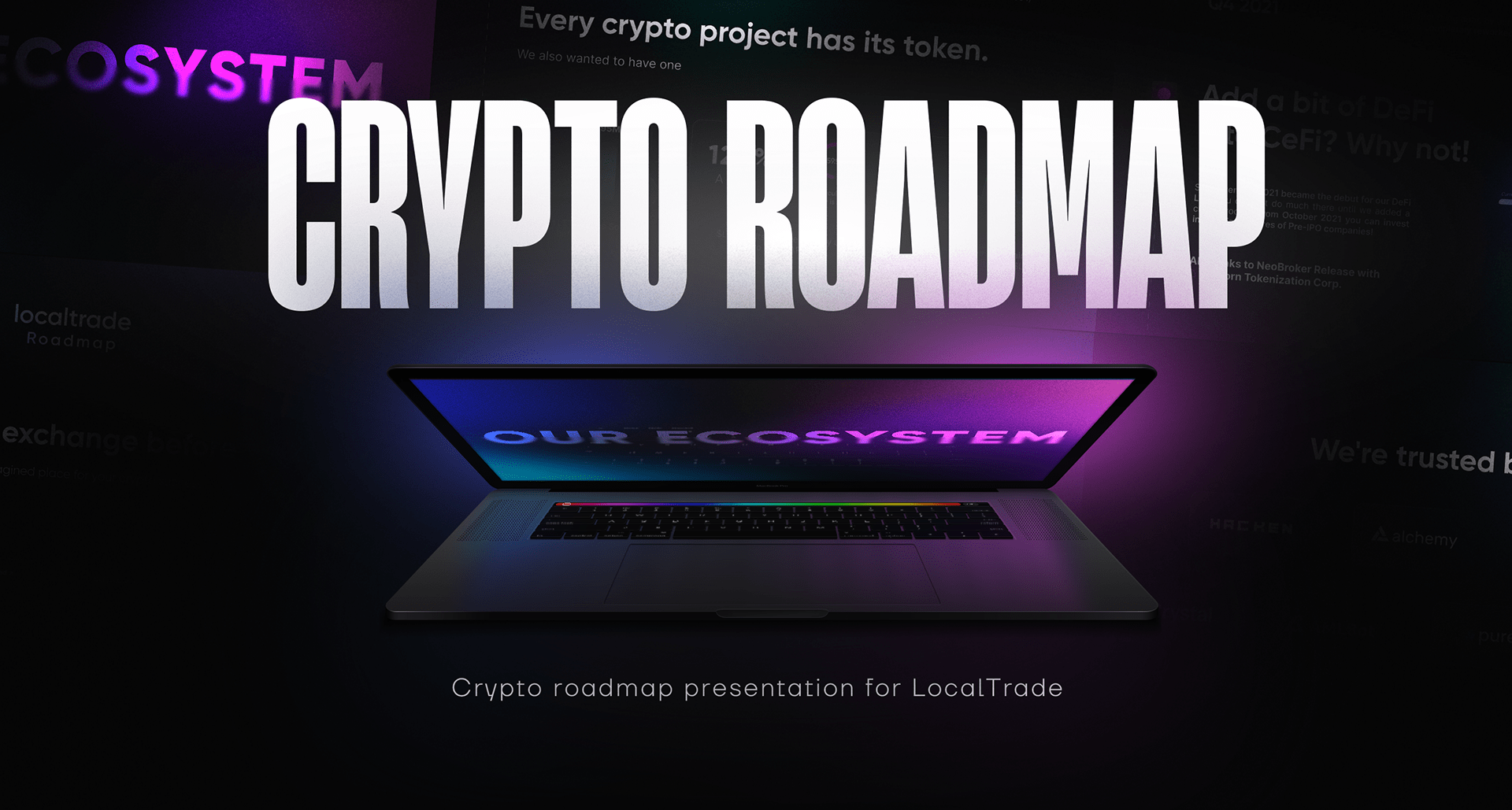Last Updated:
Jul 16, 2025
Crypto roadmaps decoded: What they show and why they matter
Last Updated:
Jul 16, 2025

Author
Share this article
A roadmap is a strategic development plan for a crypto project, outlining key milestones, goals, and the estimated timelines for achieving them. It’s essentially a “1/2/5-year plan” that helps the team stay focused, while giving investors and users clarity on what to expect and when.
Why a roadmap is important
• Transparency and trust
A roadmap shows that the team has a clear vision. It builds trust and reduces risk for investors and users.
• Guidance for the community
Participants know when to expect launches, updates, or major events. It creates expectations and increases engagement.
• Motivation for the team
Clear goals help the team stay focused and avoid strategic drift.
• Progress tracking
A roadmap helps measure how well the team is delivering on promises and progressing toward its vision.
What a roadmap usually includes
• MVP / Beta / Mainnet — releases of test and full versions of the product
• Technical features — staking, DAO, Layer 2 solutions, mobile apps, etc.
• Integrations — partnerships, exchange listings, cross-chain launches
• Marketing phases — community growth, campaigns, offline events
• Annual / quarterly goals — structured plans by month or quarter
Common roadmap formats
• Classic linear
Horizontal timeline with milestones and dates — simple and clear.
• Quarterly or annual
Many projects use Q1, Q2, Q3, Q4 format — especially mature ones.
• Flexible / no-dates
Some teams only show the sequence of events without specific deadlines — to reduce pressure and remain agile.
• Visual / infographic
Attractive layout with icons, colors, and logos — great for presentations and Twitter posts.
How roadmaps affect token prices
• Expectations and hype
Interest in a token usually spikes before major releases, especially listings, updates, or new partnerships.
• Execution matters
Teams that deliver on roadmap promises build investor confidence and market value.
• Red flags and disappointment
Overpromising without delivery leads to loss of trust and falling prices.
How to analyze a roadmap
• Compare promises with delivery — did they fulfill past goals?
• Check for realism — are there too many vague or overloaded items?
• Evaluate sequence — is there a logical order to the feature rollouts?
• Benchmark against competitors — what are others in the same niche planning?
Example: what a roadmap might look like
Q1 2025
• MVP launch
• Airdrop for early users
• Partnership with Wallet X
Q2 2025
• Chainlink integration
• Launch of staking
• Reach 10,000 users
Q3 2025
• CEX listing
• DAO launch
• Mobile app release
Conclusion
A roadmap isn’t just a list of goals — it reflects a project’s ambitions and level of maturity. Learning how to read and evaluate roadmaps helps you avoid mistakes, identify strong projects, and enter promising tokens early.
Want to track crypto roadmaps and upcoming events? Follow Cryptocalendar.ai — we bring together the most important launches and announcements in one place.
Author
Share this article
